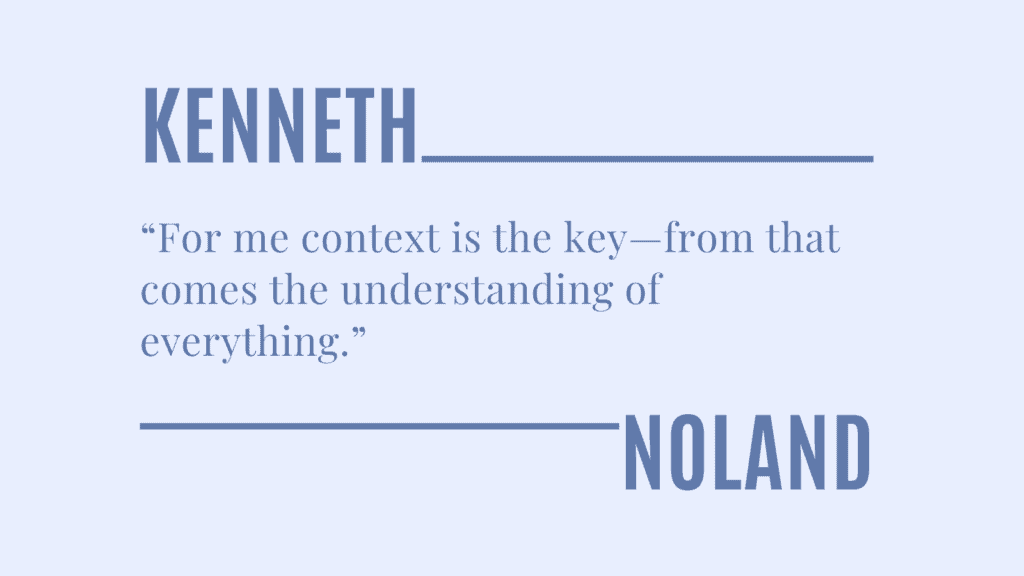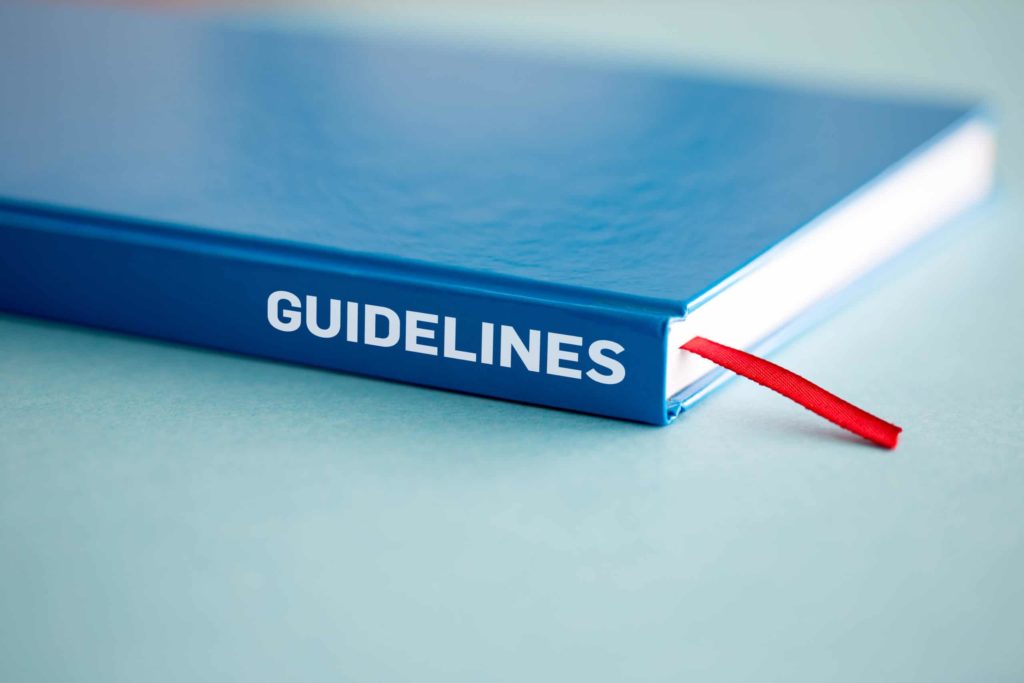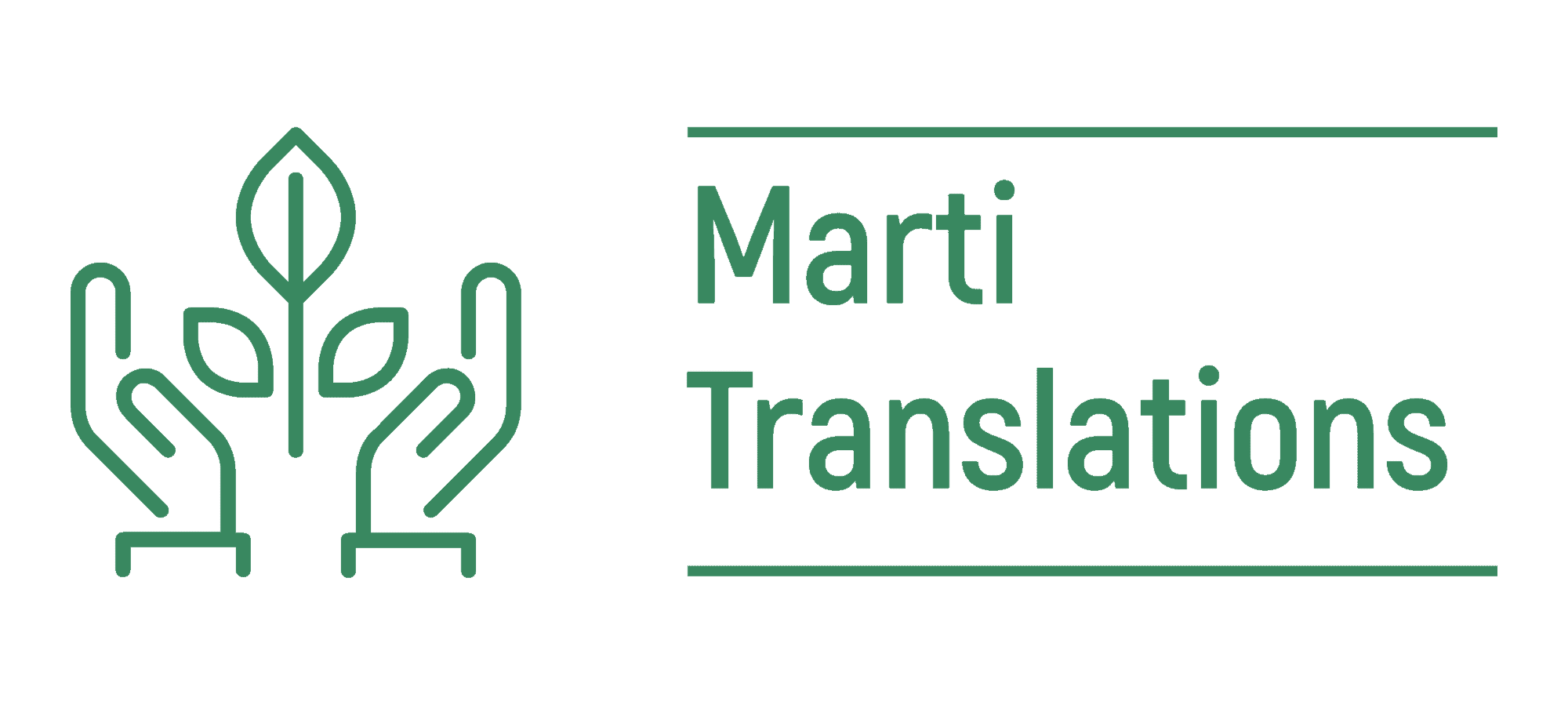When people first started to get in touch with me for the translation of their documents, I realized something: outside of the translation industry, no one knows how a translator work.
If this is your first time working with a translator, you might be a bit lost about the translation process.
So I thought I’d share 4 DO’s and DON’Ts to help you manage your translation project.
Give your translator some context

Translators need to have some context to deliver a quality translation. You’ll need to give as much information as possible about your project.
Your translator will probably ask you questions like:
- Who’s the target audience?
- What will the translation be used for?
- Where will the translation be published?
Don’t forget to give visual context as well. If you’re having the content of your app translated, send some screenshots to make it clear what the context of the sentence is.
Don’t wait until the last minute

Your translator is probably handling several projects at the time you contact them, so they might not be able to deliver your translation right away.
Here’s how a translator usually work:
- Step 1: Read through the document or its main points if it’s a longer one
- Step 2: Research the topic, the industry and your company
- Step 3: Translate
- Step 4: Do a first round of proofreading
- Step 5: Do a second round of proofreading and finalize the document
- (Optional) Step 6: Have the translation proofread by a colleague
Like you could probably guess from this process, a translator won’t be able to translate your brochure in one hour.
Keep in mind: Translators can usually handle between 1,500 and 2,000 words per day.
Don’t expect your translator to know your company lingo

You’ve been working in your company for several years, so you’re used to the terms or acronyms that are specific to your business. But your translator is new to your world.
Translators have many skills, but they aren’t mind-readers. You can’t expect them to know every acronym you’re using.
Here’s how you can help them, and avoid unnecessary back-and-forths:
• Provide reference documents that are relevant to the translation at-hand
• Share a (bilingual) glossary of the terms that are specific to your business
• Share a writing style guide that will help your translator write in your tone of voice
Trust your translator

This is my last, but certainly not least, piece of advice.
Yes, you know your company better than anyone. But your translator is the expert when it comes to translation. They know how to ensure the target text is not only linguistically but also culturally accurate.
Keep in mind, translators are professional writers who know the culture of your target audience.
But of course, feel free to ask questions if you need some clarification!
I hope you have a better idea of what the translation process looks like and how to work with a translator now.
Feel free to get in touch with me if you have any questions about translation or if you want to get a FREE quote within 24 hours!

